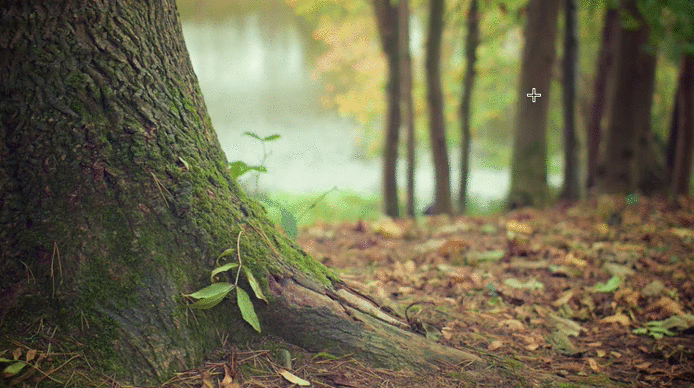A responsive image cropping tool for React.
- Responsive
- Touch enabled
- Free-form or fixed aspect crops
- Keyboard support for nudging selection
- Min/max crop size
Include the main js module, e.g.:
var ReactCrop = require('react-image-crop');
// or es6:
import ReactCrop from 'react-image-crop';Include either dist/ReactCrop.css or ReactCrop.scss.
<ReactCrop src='path/to/image.jpg' />You can of course pass a blob path or base64 data.
All crop values are in percentages, and are relative to the image. All crop params are optional.
var crop = {
x: 20,
y: 10,
width: 30,
height: 10
}
<ReactCrop src='path/to/image.jpg' crop={crop} />If you want a fixed aspect you only need to specify a width or a height:
var crop = {
width: 30,
aspect: 16/9
}..Or you can omit both and only specify the aspect.
Please note that the values will be adjusted if the cropping area is outside of the image boundaries.
A minimum crop width.
A minimum crop height.
A maximum crop width.
A maximum crop height.
If true is passed then selection can't be disabled if the user clicks outside the selection area.
If true then the user cannot modify or draw a new crop. A class of ReactCrop--disabled is also added to the container for user styling.
A callback which happens for every change of the crop (i.e. many times as you are dragging/resizing). Passes the current crop state object, as well as a pixel-converted crop for your convenience.
Note that when setting state in a callback you must also ensure that you set the new crop state, otherwise your component will re-render with whatever crop state was initially set.
A callback which happens after a resize, drag, or nudge. Passes the current crop state object, as well as a pixel-converted crop for your convenience.
Note that when setting state in a callback you must also ensure that you set the new crop state, otherwise your component will re-render with whatever crop state was initially set.
A callback which happens when the image is loaded. Passes the current crop state object and the image DOM element, as well as a pixel-converted crop for your convenience.
Note that when setting state in a callback you must also ensure that you set the new crop state, otherwise your component will re-render with whatever crop state was initially set.
A callback which happens when the new aspect ratio is passed to the component. Passes the current crop state object, as well as a pixel-converted crop for your convenience.
Note that when setting state in a callback you must also ensure that you set the new crop state, otherwise your component will re-render with whatever crop state was initially set.
Allows to set the crossorigin attribute used for the img tag. Default value is anonymous. Other option would be use-credentials.
If true, the selection will have an ellipse shape rather than a rectangular one. If a fixed aspect ratio is also specified, the shape will be strictly circular.
This option has been deprecated as of v1.0.0. A pixel converted crop is passed to all callbacks as the last argument. Pay careful attention not to set your crop state with the pixel units and then pass those to ReactCrop, use the non-converted crop instead.
I wanted to keep this component focused so I didn't provide this. Normally a cropped image will be rendered and cached by a backend. However here are some tips for client-side crop previews:
- You can fake a crop in pure CSS, but in order to do this you need to know the maximum width & height of the crop preview and then perform the calc again if the container size changes (since this technique is only possible using pixels). It's advantage is that it's instantaneous:
- The other technique is to map the cropped image to a canvas, and then get the base64 of the canvas via toDataURL and set this as an image source. The advantage is that the preview behaves like a proper image and is responsive. Now this is important:
-
toDataURL is synchronous and will block the main thread, for large images this could be for as long as a couple of seconds. Always use
toDataURL('image/jpeg')otherwise it will default toimage/pngand the conversion will be significantly slower. -
Keep an eye out for toBlob when this lands on more browsers, as it will be both faster and asynchronous.
-
Another option to make the conversion faster is to scale the image down before converting it to a base64 (see example in gist).
To develop run npm start, this will recompile your JS and SCSS on changes.
You can test your changes by opening demo/index.html in a browser (you don't need to be running a server).
When you are happy with your changes you can build to dist with npm run release.
## Browser compatibility
Should work on any modern browser, however the darkened non-selected part of the image will not work in IE11 or IE Edge due to a lack of clipPath support.

